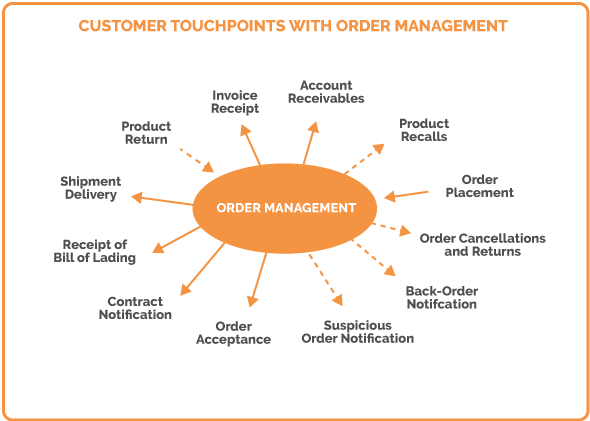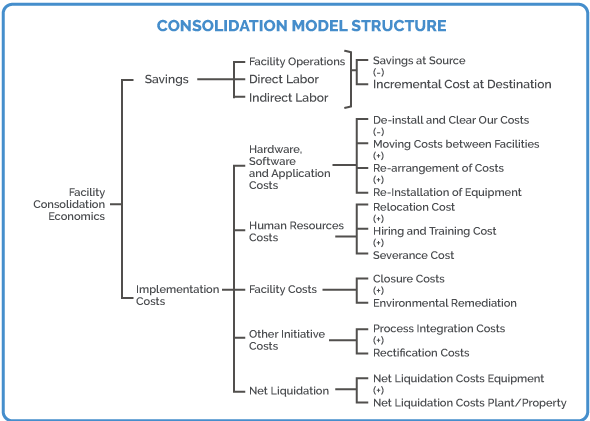Synergy estimation across
The merger of two companies resulted in an organization of seven divisions with a business mix in pharmaceuticals and consumer goods. Each division had been left to run its own order management system which presented a barrier to growth and profitability. Management wanted to establish a common order management process to support transactions across divisions. They asked for two forms of assistance, (1) defining the strategic rationale of integration, and (2) quantifying the synergies of a common order management system.
Five types of synergy defined the strategic rationale for a common order management system, including:
- Improved customer service
- Improved channel control and cycle time, unified performance across divisions based on internal best practice
- Improved cross-selling
- Improved top management decision-making through a complete view of the customer
- Reduced financial costs
– Shared Costs: reduced labor, communication network savings, rent
– Asset Rationalization: reduced PPE (number of applications, software, hardware, office equipment) and reduced working capital
Upon execution, gain of $15.3 million
- Reduced operating cost by $5 million
- Reduced financial cost by $6 million
- Price lift of $4.3 million (by eliminating unproductive cost of orders)
Over the medium term
- Improved customer service performance, including
– Delivery cycle time from 4.5 days to 3.8 days
– Order filled rate from 95% to 98%
– On-time delivery from 95% to 98%
– Line item filled rate from 93% to 98%
Interviewed company executives involved in the acquisition and the functional managers to gauge integration risk
Collected data and documentation on the order management process, including
– cost
– assets
– operational performance
– customer requirements
Broke down the order management system into three processes
– ordering
– delivery, and
– shipment receipt and follow up
Broke down each ordering process as follows:
– order initiation
– order validation
– demand capture
– service requirements
– order fulfillment
– order pricing
– order acceptance
– contract negotiation and
– monitoring
Broke down the delivery process into 6 sub-processes, including:
– warehouse replenishment
– order selection and consolidation
– load planning
– shipment planning
– warehouse management, and
– shipment tracing
Broke down the shipment receipt and follow-up process into 6 sub-processes, including:
– shipment verification
– shipment rating
– billing
– returns processing
– backorder processing, and
– recall processing
In turn, we broke down each sub-process into activities and tasks (57 activities, 71 tasks) down to the transaction level.
We used Function Point Analysis (FPA) at the transaction level to assess the effectiveness and efficiency of each process. We estimated the complexity, utility and the functionality of each activity, and developed a total function point count for the individual processes and for the common order management process.





